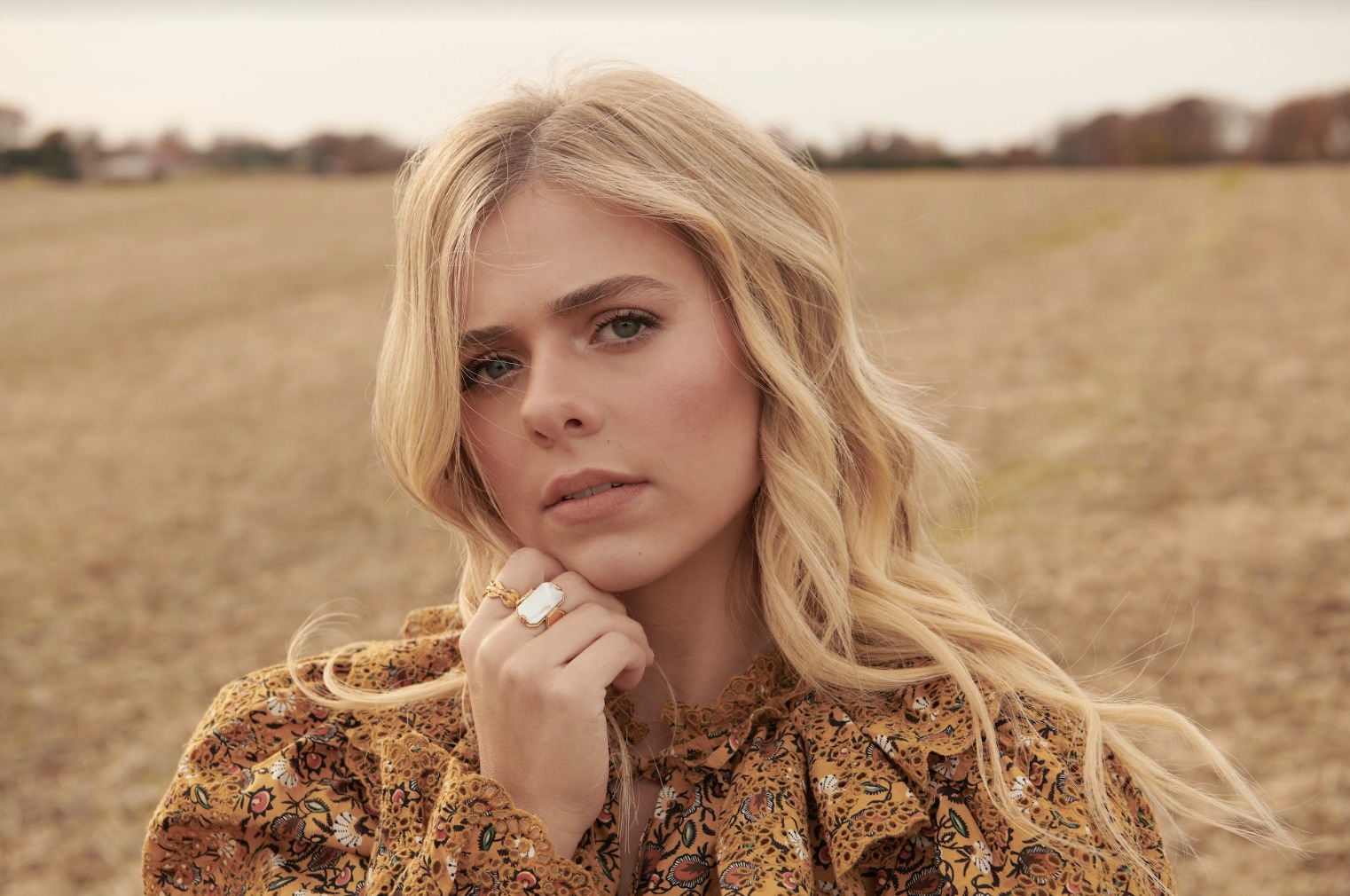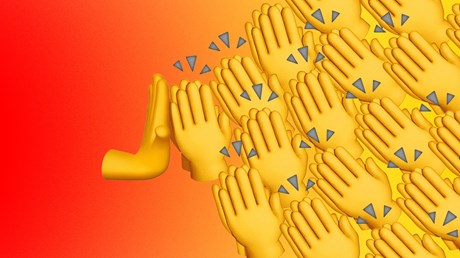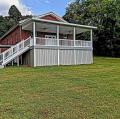Search Results for Hope
Links
A Hope Center Pregnancy & Relationship Resources
|
This ministry has closed its doors.
|
Whether you're already familiar with God's Word, or just exploring what Christianity is all about we hope you'll visit the rest of our Web Ministry and that you will find yourself drawn deeper into a dynamic relationship with God through yo
|
Articles
Videos
News
 John Polin, father of Israeli-American hostage Hersh Goldberg-Polin, discussed his son's condition after Hamas released a propaganda video, expressing concern and hope for his return. John Polin, father of Israeli-American hostage Hersh Goldberg-Polin, discussed his son's condition after Hamas released a propaganda video, expressing concern and hope for his return. |
 Grammy-nominated Christian singer Anne Wilson has released a new album blending contemporary Christian music with mainstream country stylings and a theme stressing that Christians are viewed as "rebels" in society, just like Jesus.? Grammy-nominated Christian singer Anne Wilson has released a new album blending contemporary Christian music with mainstream country stylings and a theme stressing that Christians are viewed as "rebels" in society, just like Jesus.? |
By John W. Whitehead and Nisha Whitehead “It is the function of mass agitation to exploit all the grievances, hopes, aspirations, prejudices, fears, and ideals...Divide and Conquer: The Government's Propaganda of Fear and Fake News
|
Christians can disciple each other toward action, prayer, and hope.
 I’m 26 and mostly full of enthusiasm for the future. But when I think about the heat waves, floods, and humanitarian crises that I’ll likely experience in my lifetime, I feel a sense of dread. And even more so when I think about the future of my children and my children’s children. I wonder if they’ll get to experience all the beauty of God’s creation that I so cherished while growing up.As a young farmer, I feel my chest tighten as I watch weather patterns and the seasons become more and more erratic. I worry if there’ll be wars for food and water with a warmer climate, or if water sources will be polluted and the soil will be eroded.Many people, especially my age, feel the same way. A recent survey asked 10,000 young people across the world about their thoughts and feelings regarding climate change. According to the findings, three out of four young people think the future is frightening. More than half reported feelings of sadness, anxiety, anger, and powerlessness when thinking about climate change. And around 45 percent of respondents said their feelings about climate change negatively affected their daily life and functioning.These fears have become so prevalent in our generation that a new term has been coined: eco-anxiety.In a way, young people today have fulfilled climate activist Greta Thunberg’s provocation to leaders at the World Economic Forum in Davos, Switzerland, in 2019: “I don't want you to be hopeful, I want you to panic. I want you to feel the fear I feel every day.”But while I respect Thunberg’s contribution to putting climate change on the world’s agenda, I disagree with her on this. I don’t believe that panic will help us. ...Continue reading... I’m 26 and mostly full of enthusiasm for the future. But when I think about the heat waves, floods, and humanitarian crises that I’ll likely experience in my lifetime, I feel a sense of dread. And even more so when I think about the future of my children and my children’s children. I wonder if they’ll get to experience all the beauty of God’s creation that I so cherished while growing up.As a young farmer, I feel my chest tighten as I watch weather patterns and the seasons become more and more erratic. I worry if there’ll be wars for food and water with a warmer climate, or if water sources will be polluted and the soil will be eroded.Many people, especially my age, feel the same way. A recent survey asked 10,000 young people across the world about their thoughts and feelings regarding climate change. According to the findings, three out of four young people think the future is frightening. More than half reported feelings of sadness, anxiety, anger, and powerlessness when thinking about climate change. And around 45 percent of respondents said their feelings about climate change negatively affected their daily life and functioning.These fears have become so prevalent in our generation that a new term has been coined: eco-anxiety.In a way, young people today have fulfilled climate activist Greta Thunberg’s provocation to leaders at the World Economic Forum in Davos, Switzerland, in 2019: “I don't want you to be hopeful, I want you to panic. I want you to feel the fear I feel every day.”But while I respect Thunberg’s contribution to putting climate change on the world’s agenda, I disagree with her on this. I don’t believe that panic will help us. ...Continue reading... |
C.S. Lewis recommended discernment over diatribes in exactly the moments we're most eager to indulge in critique.
 I’d just finished reading one of C. S. Lewis’s lesser-known books, Studies in Words, when I happened upon a recent New York Times report on evangelical support for Donald Trump. The former president’s summer of legal woes is off to an early start, and many have asked whether the present trial (or another) will lose him support ahead of Election Day. The answer—among his base, anyway—is undoubtedly no.If anything, the opposite is true: In some circles, his adversities are hailed as a kind of vindication, his endurance on the campaign trail as a sign of divine blessing. “For some of Mr. Trump’s supporters, the political attacks and legal peril he faces are nothing short of biblical,” the report said. “They’ve crucified him worse than Jesus,” one Trump enthusiast told the Times.Now, the Lewis book is mostly fascinating linguistic history, but the last chapter examines how we use language to dispense criticism, and its final two pages are precisely the warning our political culture needs as we plod through another contentious election. It’s certainly the warning I need and the warning I hope fellow Christians will heed, particularly those of us in politically diverse families, friend groups, and congregations.I realized how much I needed it as I read that Times article. It published on Easter Monday and I read it the same day, the drama of Easter weekend fresh on my mind. Suffice it to say, the crucifixion line did not sit well with me.“Worse than Jesus”! I remember thinking. I agree some of this legal stuff is far-fetched, but are you kidding me? Do these people not know what crucifixion entails? Do they not know Trump probably sleeps on silk ...Continue reading... I’d just finished reading one of C. S. Lewis’s lesser-known books, Studies in Words, when I happened upon a recent New York Times report on evangelical support for Donald Trump. The former president’s summer of legal woes is off to an early start, and many have asked whether the present trial (or another) will lose him support ahead of Election Day. The answer—among his base, anyway—is undoubtedly no.If anything, the opposite is true: In some circles, his adversities are hailed as a kind of vindication, his endurance on the campaign trail as a sign of divine blessing. “For some of Mr. Trump’s supporters, the political attacks and legal peril he faces are nothing short of biblical,” the report said. “They’ve crucified him worse than Jesus,” one Trump enthusiast told the Times.Now, the Lewis book is mostly fascinating linguistic history, but the last chapter examines how we use language to dispense criticism, and its final two pages are precisely the warning our political culture needs as we plod through another contentious election. It’s certainly the warning I need and the warning I hope fellow Christians will heed, particularly those of us in politically diverse families, friend groups, and congregations.I realized how much I needed it as I read that Times article. It published on Easter Monday and I read it the same day, the drama of Easter weekend fresh on my mind. Suffice it to say, the crucifixion line did not sit well with me.“Worse than Jesus”! I remember thinking. I agree some of this legal stuff is far-fetched, but are you kidding me? Do these people not know what crucifixion entails? Do they not know Trump probably sleeps on silk ...Continue reading... |



 Links
Links  Articles
Articles  Blogs
Blogs  Videos
Videos  News
News  Colors
Colors 

 New links
New links













